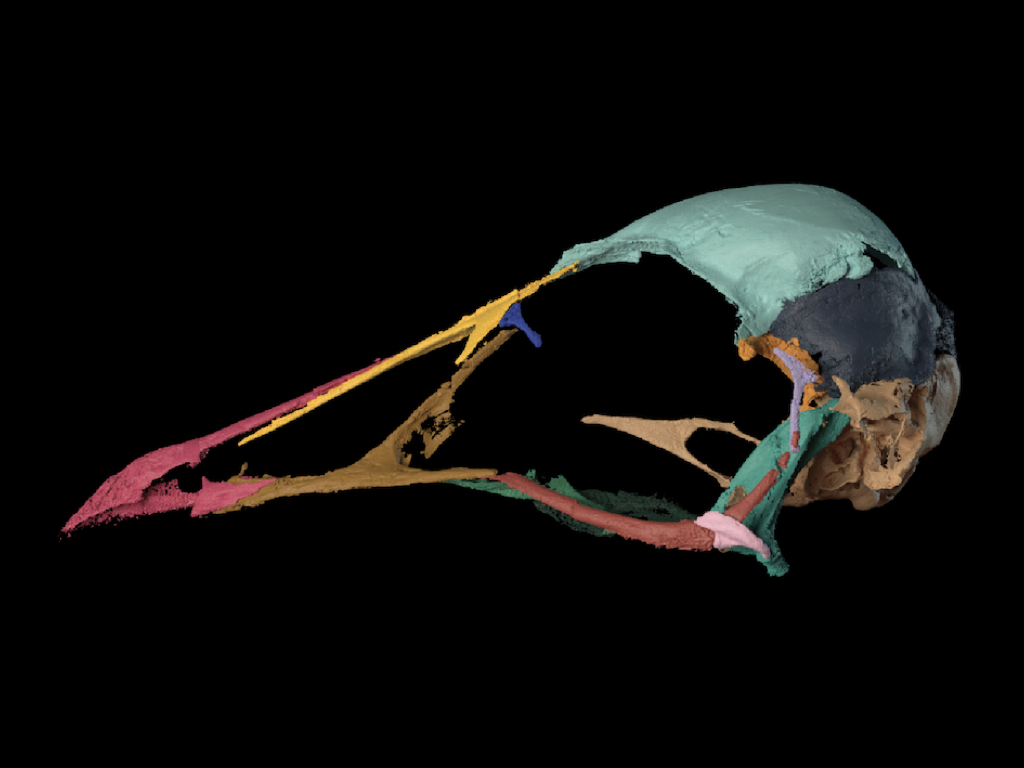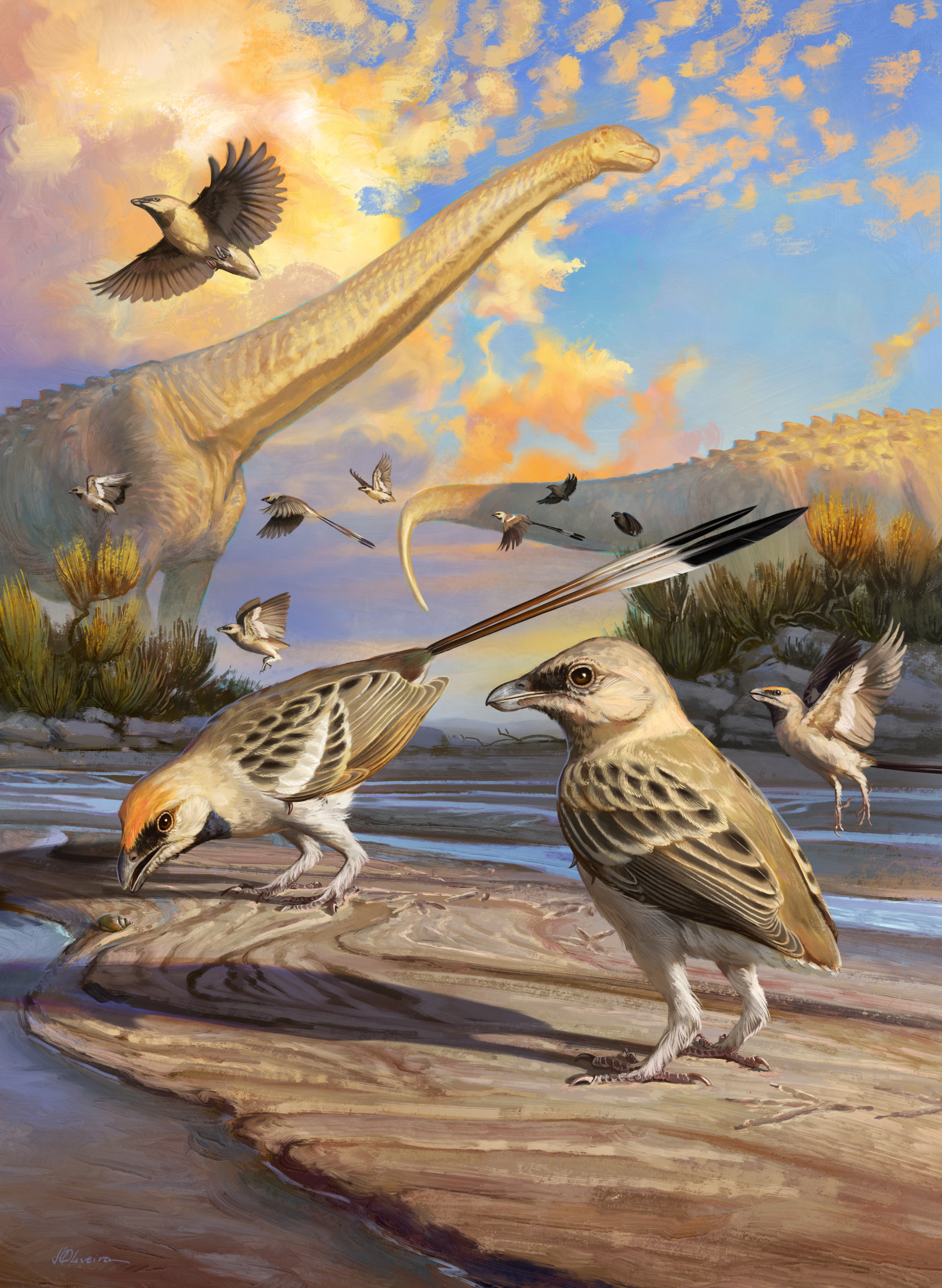Researchers, including Christ’s Fellow Professor Daniel Field, have identified a remarkably well-preserved fossil bird, roughly the size of a starling, from the Mesozoic Era.
The complete skull has been preserved almost intact making this one of the most significant finds of its kind.
Researchers, led by the University of Cambridge and the Natural History Museum of Los Angeles County, were able to reconstruct digitally the brain of the bird, which they have named Navaornis hestiae after William Nava, director of the director of the Museu de Paleontologia de Marília who discovered the fossil in 2016.

Navaornis lived approximately 80 million years ago in what is now Brazil, before the mass extinction event that killed all non-avian dinosaurs.
The fossil fills a 70-million-year gap in our understanding of how the brains of birds evolved: between the 150-million-year-old Archaeopteryx - the earliest known bird-like dinosaur - and birds living today.
Navaornis had a larger cerebrum than Archaeopteryx, suggesting it had more advanced cognitive capabilities than the earliest bird-like dinosaurs. However, most areas of its brain like the cerebellum, were less developed, suggesting that it hadn’t yet evolved the complex flight control mechanisms of modern birds.
Professor Field, who is also Strickland Curator of Ornithology at the Museum of Zoology in Cambridge, said:
“This might be just one fossil, but it’s a key piece in the puzzle of bird brain evolution.
With Navaornis, we’ve got a clearer view of the evolutionary changes that occurred between Archaeopteryx and today’s intelligent, behaviourally complex birds like crows and parrots.”

Navaornis is the most recent in a quartet of Mesozoic fossil birds described by Professor Field’s research group since 2018, joining Ichthyornis, Asteriornis (the ‘Wonderchicken’), and Janavis. This recent research is reported in the journal, Nature.
The group’s work on new fossil discoveries combined with advanced visualisation and analytical techniques have revealed fundamental insights into the origins of birds, the most diverse group of living vertebrate animals.

